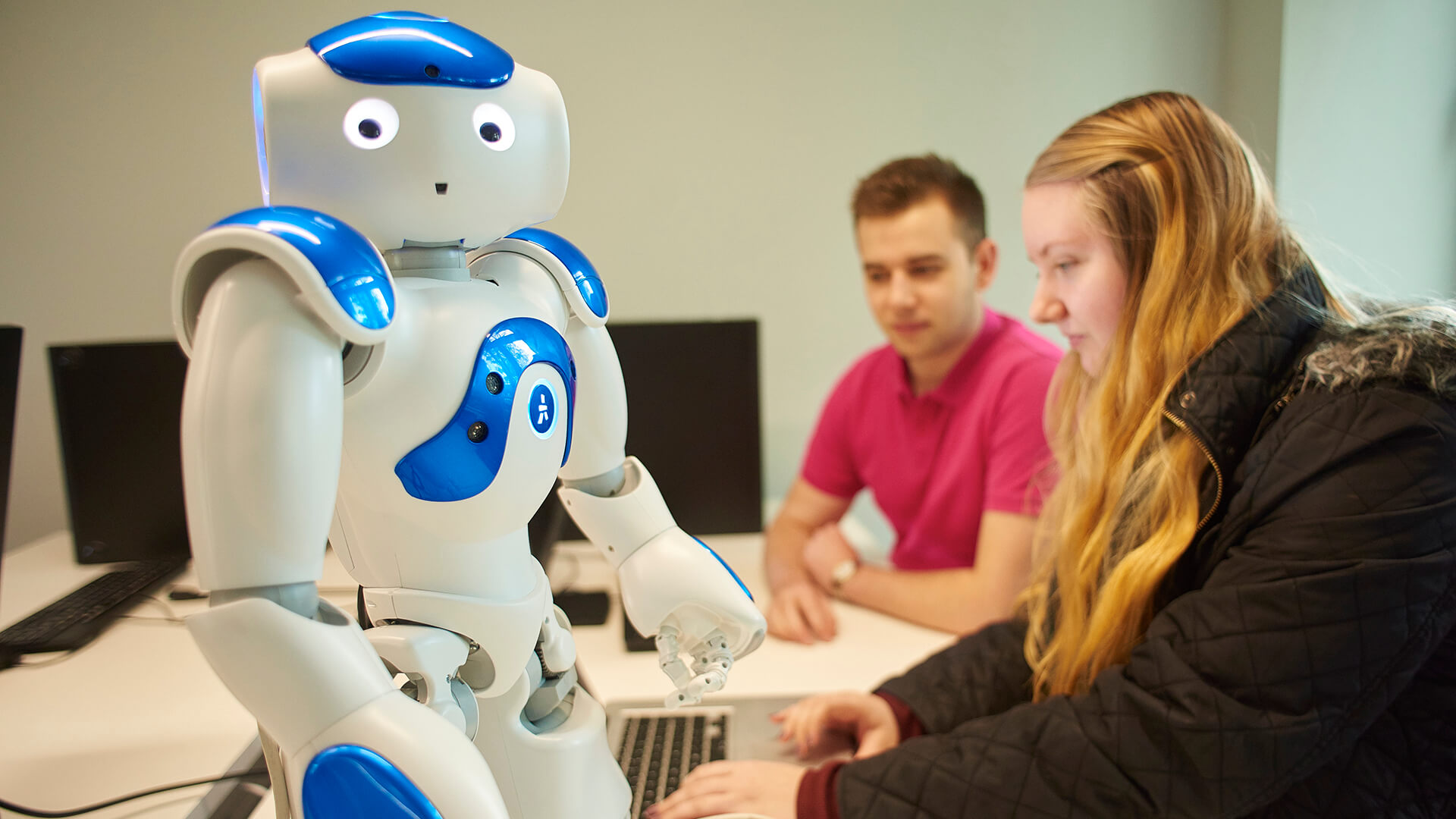
In recent years, robotics and artificial intelligence have been rapidly evolving and capturing the imagination of many. From self-driving cars to virtual assistants, these technologies are transforming people’s lives, work, and interactions with the world around them. If you’re new to the world of robotics and artificial intelligence, this beginner’s guide will provide you with a fundamental understanding of these exciting fields.
What is Robotics?
Robotics is a multidisciplinary field that combines engineering, computer science, and other domains to design, develop, and deploy machines called robots. Robots are autonomous or semi-autonomous devices capable of performing tasks with precision and accuracy. They can range from simple machines, such as a robotic arm on an assembly line, to complex humanoid robots capable of interacting with humans in a life-like manner.
Types of Robots
Robots come in various shapes, sizes, and functionalities, serving different purposes. Some common types of robots include:
- Industrial Robots: These robots are widely used in manufacturing and assembly lines to perform repetitive tasks with high precision and efficiency, such as welding, painting, and material handling.
- Medical Robots: Medical robots assist doctors and surgeons in performing complex procedures, such as robotic surgery and rehabilitation therapy, offering increased precision and minimizing invasiveness.
- Service Robots: These robots are designed to interact with humans in domestic or public settings. Examples include robotic vacuum cleaners, personal assistants like Amazon’s Alexa, and autonomous delivery robots.
- Autonomous Vehicles: Autonomous cars, drones, and underwater vehicles are examples of robots capable of navigating and operating without human intervention, using sensors and AI algorithms.
What is Artificial Intelligence?
Artificial Intelligence, commonly known as AI, is a branch of computer science that focuses on creating intelligent machines capable of simulating human-like behaviors and performing tasks that typically require human intelligence. AI systems learn from data, identify patterns, and make decisions or predictions based on their understanding.

Types of AI
There are two main categories of AI:
- Narrow AI: Narrow AI systems, or Weak AI, are designed to perform specific tasks within a predefined domain. Examples include voice assistants like Apple’s Siri and Google Assistant, chatbots, and image recognition systems.
- General AI: General AI, often known as Strong AI, refers to systems that do tasks with human-like intelligence. Such AI can understand, learn, and apply knowledge to multiple domains, similar to human intelligence. General AI is still a theoretical concept that has yet to be realized.
Applications of Robotics and Artificial Intelligence
- Manufacturing and Automation: Robots have transformed manufacturing processes by enhancing efficiency, precision, and productivity. They can perform repetitive tasks with consistent accuracy, leading to cost savings and improved product quality.
- Healthcare: Robotics and AI have found applications in healthcare, assisting with surgeries, patient care, and rehabilitation. Robots can perform precise surgical procedures, monitor patients, and provide senior companionship.
- Transportation: Self-driving cars and autonomous drones are examples of how robotics and AI are transforming transportation. These technologies can make commuting safer, more efficient, and environmentally friendly.
- Personal Assistants: AI powers virtual assistants such as Siri, Alexa, and Google Assistant. They can understand natural language, answer questions, perform tasks, and anticipate user needs based on past behavior.
Conclusion
Robotics and artificial intelligence are transforming the world, and their potential is only beginning to be realized. Whether through advancements in manufacturing, healthcare, transportation, or everyday interactions, these technologies can improve people’s lives in countless ways.
As a beginner, exploring the basics of robotics and AI will give you a solid foundation to appreciate and understand the incredible possibilities and challenges in this exciting field. Enrolling in a robotics and artificial intelligence course is an exceptional choice for individuals eager to explore these domains and gain a comprehensive understanding of their principles, applications, and potential.






